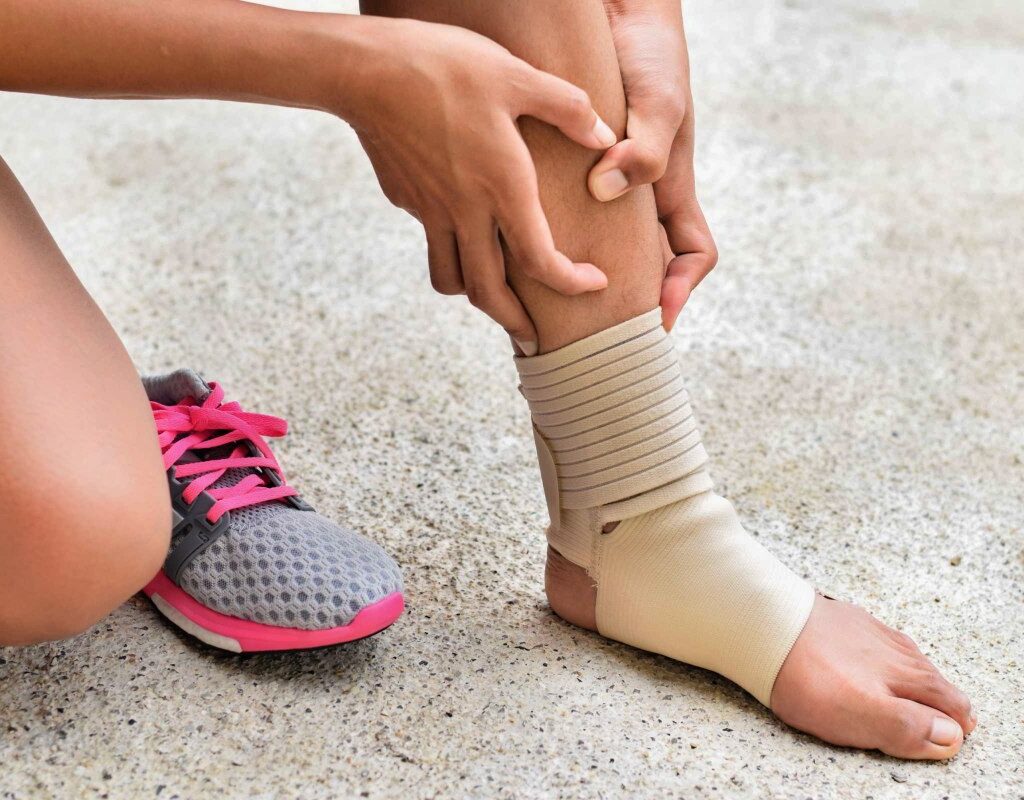Through rigorous research, we delve deeper into understanding sprains beyond their mere physical manifestations, entering the fascinating realm of Biodecoding.
Sprains and Biodecoding: The Emotional Underpinnings
For centuries, humans have endeavored to understand the intricate links between the body and the mind. One area that has garnered significant interest lately is Biodecoding. Sprains, more than just physical injuries, are closely intertwined with our emotions and thoughts.
According to Biodecoding, sprains mirror the Third Embryonic Stage, linked to movement and value assessments. But what does this truly mean?
Different sprains can correspond with specific emotions. For instance, a sprain of the external lateral ligament, caused by inversion, paired with anterior pain, might be connected to emotions like anger, resentment, and a sense of injustice.
Conversely, the internal lateral ligament, tied to a reversion movement, relates to family-centric concerns, such as concerns for one’s children.
Sprains: Navigating Physical Pain and Emotional Signals
Ever felt as if you’re under unbearable mental strain? Sprains might be echoing this sentiment. They can arise when an individual feels they are treading on precarious or unstable ground, leading to mental turmoil.
“It’s akin to balancing on an emotional tightrope, and your body reacts to that tension.”
Physically, a sprain is described as a joint injury resulting from sudden movements that exceed the joint’s physiological limits, causing sharp, sporadic pain. However, Biodecoding posits that, emotionally, someone with a sprain might feel compelled to act against their will, pushing beyond their personal boundaries, and feeling unable to resist external demands.
From a mental perspective, enduring a sprain might be a bodily sign pointing to the need for more flexibility in our perceptions and interactions. “It may be an invitation to reflect on our rigidities and fears, and to entertain alternative perspectives.”
Beyond the Pain: What Hidden Message Does a Sprain Carry?
Biodecoding encourages us to see beyond the obvious. If you’ve ever experienced a sprain, it might be worth pondering: What emotional or mental tension could this physical pain be mirroring? Is there a need to release certain stresses or reevaluate particular beliefs?
Rather than merely addressing the symptom, Biodecoding urges us to seek understanding and healing on a deeper level. “It’s beneficial,” an expert concludes, “to discern the reasons behind our aches and strive for flexibility, not just physically, but emotionally and mentally.”
Thus, your next sprain might not just be an enforced break but an avenue for self-awareness and personal growth.
Transform your emotional and spiritual life with a personalized tool
Discover the power of Biodecoding combined with Kabbalah. Through your Personal Kabbalistic Tree, designed based on your name and date of birth, you’ll receive a practical guide to work on your emotions and achieve holistic well-being.





